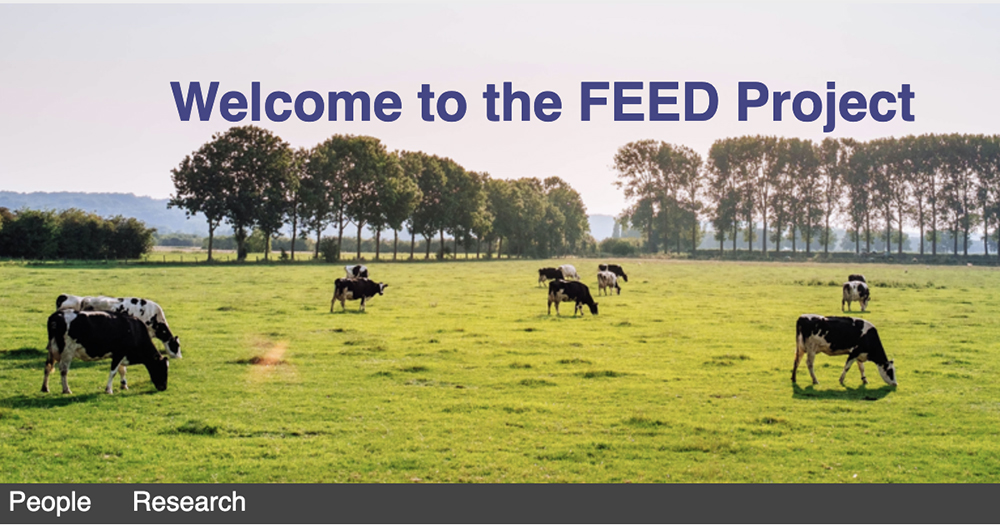Research identifies what producers can do during an outbreak to slow spread of infection and reduce disease impacts
The control of livestock infectious diseases often depends on appropriate policy guidelines and control measures. But recent research at the University of Warwick in the United Kingdom underscores the importance of the farmer’s role in controlling disease outbreaks and protecting the national herd through local control.
An example of protection at the individual level is the behaviour people adopted across the country during the COVID-19 pandemic. Masking, distancing and vaccinating all became critical in reducing disease spread.
Similarly, proactive livestock management to mitigate infection and enhance animal welfare can work at the individual farm level. But what one farmer considers adequate control to protect their livestock may not be the best way to prevent infection for every farmer’s livestock in the overall population.
Read Also

Beef cattle more prone to trace mineral deficiencies
The trace mineral status of our cows and calves is a significant challenge for western Canadian producers and veterinarians.
The researchers looked at those variables and examined optimal behaviours each farmer can follow during a disease outbreak that not only lessen their own immediate costs but slow the spread of infection, reducing disease impacts on the whole industry.
“In the event of an outbreak of infectious disease on livestock farms, tensions may arise when inaction may be the most cost-effective strategy for an individual farmer even though this could lead to local protracted epidemics,” said Dr. Edward Hill, post-doctoral researcher in the Mathematics Institute at the University of Warwick.
“By increasing our understanding of the impact of farmer-led control on livestock disease outbreaks, we envisage offering insights in how to improve the effectiveness of control strategies.”
He said that, through consideration of farmers’ responses, it may be possible to quantify, anticipate and mitigate the inevitable tension between local (farmer-led) and global (nationally enforced) control of diseases.
Using sophisticated mathematical models, the researchers at Warwick, along with colleagues from the University of Nottingham, simulated livestock disease outbreaks in several different scenarios. They determined how the best outcomes could be reached from the perspective of both government policymakers looking to protect the national livestock industry and from that of farmers with businesses and animals to protect. The modelling allowed them to understand the spread of a disease through populations.
“Through the Farmer-led Epidemic and Endemic Disease-management (FEED) project, we seek to add far greater realism, understanding the different factors that drive farmer behaviour in the face of an emerging disease,” said Hill.
The FEED project is an interdisciplinary research group of epidemiologists, mathematical modellers, behavioural scientists and veterinarians from the universities of Warwick and Nottingham.
“We used a mathematical model to investigate how a fast-spreading pathogen with FMD-like (foot-and-mouth disease) characteristics could unfold in representative livestock systems in the English counties of Devon (in the south) and Cumbria (in the northwest),” he said.
Devon and Cumbria were selected because they are at opposite ends of England. Both have a similar total geographic area, and both have a high density of cattle farms, which had been badly affected by FMD in 2001.
“We used the model to simulate livestock disease outbreaks in several different scenarios where different numbers of farmers either had already vaccinated their animals (precautionary), would never use vaccination (non-vaccinators) or would vaccinate if infection was confirmed at a premises within a given threshold distance of their own premises (reactionary),” he said.
Hill wrote in the report that the first large-scale use of epidemiological modelling to influence livestock policy decisions arose during the 2001 FMD outbreak, shaped by a need to bring the epidemic under rapid control. By taking such models that encapsulate epidemiological processes and subsequently repeating them to combine disease spread and farmer behaviour in a cohesive framework, they could produce a tool to assess the differences between population-level and individual-level optimization of controls.
The mathematical modelling was applied to the representative livestock systems in the two counties and, by splitting the farmers into three vaccine behaviour groups, the researchers showed that an individual farmer’s approach to reducing infection was not necessarily the same as every other farmer. But, at the same time, just as the COVID-19 approach to appreciating each individual’s behaviour of protection, each farmer’s approach was critical to protecting animal welfare regionally and, by default, nationally.
As a result, the researchers concluded that the actions of individual farmers should be considered in any major policy framework for tackling future livestock disease outbreaks.
Research is continuing and currently Hill’s collaborators at the University of Nottingham are gathering further information by interviewing cattle farmers about disease control in their herds.















